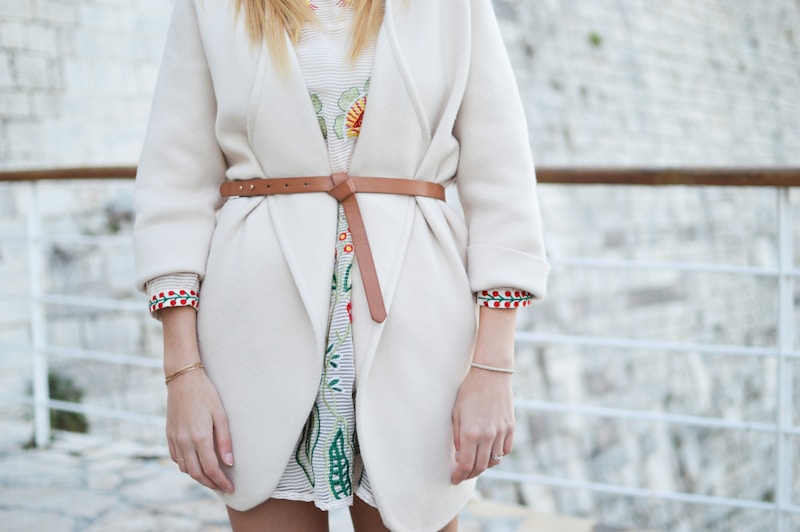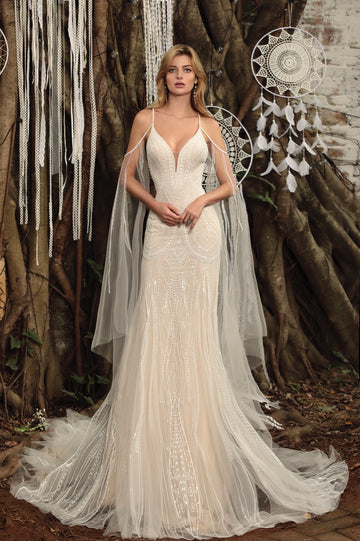Bridal Fashion as a Reflection of Cultural Identity: A Deep Dive into Traditions and Trends
Bridal Fashion as a Reflection of Cultural Identity: A Deep Dive into Traditions and Trends
Introduction
Bridal fashion is not merely a representation of style; it embodies cultural identity, heritage, and tradition. Around the world, wedding attire reflects the values and beliefs of various cultures, making each bridal gown, veil, and accessory a symbol of deep-rooted customs. This article explores the intricate relationship between bridal fashion and cultural identity, examining different cultural practices and trends while highlighting the importance of understanding this connection.
The Historical Context of Bridal Fashion
Bridal fashion has evolved tremendously over centuries. While today’s weddings may feature stunning gowns designed by elite fashion houses, the foundation of bridal attire is deeply rooted in cultural practices. Traditional outfits often include symbolic colors, fabrics, and designs that convey a bride's cultural background.
Traditional Wedding Attire Across Cultures
| Culture | Traditional Outfit | Symbolism |
| Indian | Saree or Lehenga | Colorful, symbolizing joy and prosperity |
| Chinese | Qipao (Cheongsam) | Red, symbolizing luck and happiness |
| Western | White Wedding Dress | Purity and new beginnings |
| African | Kanga or Dashiki | Vibrant colors reflecting cultural heritage |
This table highlights how bridal fashion varies across different cultures, emphasizing the significance of each outfit in representing cultural identity.
Modern Trends in Bridal Fashion
While traditional attire holds immense importance, modern bridal fashion has seen a fusion of styles, integrating traditional elements with contemporary trends. Many brides now choose to blend their cultural heritage with modern aesthetics, creating unique statements that reflect their personal identity.
Bridal Fashion Week and Cultural Representation
Major fashion events, such as Bridal Fashion Week, showcase designers who pay homage to cultural narratives through their collections. During these events, culturally inspired designs often take center stage, allowing brides to see attire that reflects their identity while meeting modern styling demands.

The Role of Cultural Identity in Bridal Accessories
Accessories play a crucial role in completing a bridal look. From headpieces to jewelry, each piece often carries cultural significance. For example, in Indian weddings, brides adorn themselves with intricate gold jewelry, signifying wealth and familial pride. In contrast, Western brides may opt for simple pearl earrings that represent elegance and sophistication. This variation illustrates how accessories can embody cultural values and reflect individual styles.
The Impact of Cultural Identity on Bridal Styling
The decision-making process for brides involves considering how to honor their cultural roots while showcasing their unique style. This journey often includes consultations with family members to select the ideal outfit that resonates both personally and culturally. Moreover, this decision extends to hairstyling and makeup, as these elements also vary from culture to culture.
Globalization and Its Influence on Bridal Fashion
The world is becoming increasingly interconnected, thanks to globalization. This phenomenon has led to the blending of cultural practices within bridal fashion. For instance, many Western brides now incorporate traditional Indian, African, or Asian elements into their weddings, creating a shared space of cultural appreciation.
Bridal Fashion in the Age of Social Media
Social media platforms have transformed how brides discover and share fashion inspirations. Pinterest and Instagram serve as popular avenues for exploring a variety of bridal styles influenced by different cultures. This accessibility has empowered brides to embrace multicultural influences, leading to an array of unique bridal looks that celebrate diversity.
Challenges and Considerations
While the blending of cultural identities in bridal fashion is often celebrated, it is essential to approach this trend with sensitivity and awareness. Appropriation versus appreciation is a crucial distinction, as it is vital to respect the origins and meanings behind traditional attire. Brides looking to embrace multicultural elements should do so thoughtfully, ideally through education and engagement with the cultures they seek to represent.
The Future of Bridal Fashion
As we progress into the future, it is likely that bridal fashion will continue to evolve through the interplay of tradition and modernity. Designers are increasingly acknowledging the significance of cultural identity in their collections, fostering a new appreciation for diverse styles and narratives. Brides will continue to find inspiration from cultural backgrounds, ensuring that their wedding attire tells a meaningful story.
Summary and Key Takeaways
Bridal fashion as a reflection of cultural identity serves as a testament to the rich diversity celebrated around the world. From traditional garments to contemporary designs, each outfit tells a story rooted in customs and values. As brides navigate their personal journeys, they strive for a balance between honoring their heritage and embracing contemporary trends. It is vital for brides to approach this process with consideration and respect, ensuring that their chosen attire resonates with both their identity and cultural significance.
Ultimately, bridal fashion is a dialogue between tradition and modernity, one that invites all to participate. As individuals prepare for their special days, understanding the importance of cultural identity can enrich the experience, fostering an appreciation for the stories woven into bridal fashion.
Brides are encouraged to:
- Research the cultural significance of their chosen attire.
- Engage with family and cultural communities during the planning process.
- Strive for authenticity while being open to innovative trends.
By doing so, brides can create a wedding experience that is not only visually stunning but also deeply meaningful, allowing their cultural identity to shine through their bridal fashion choices.
